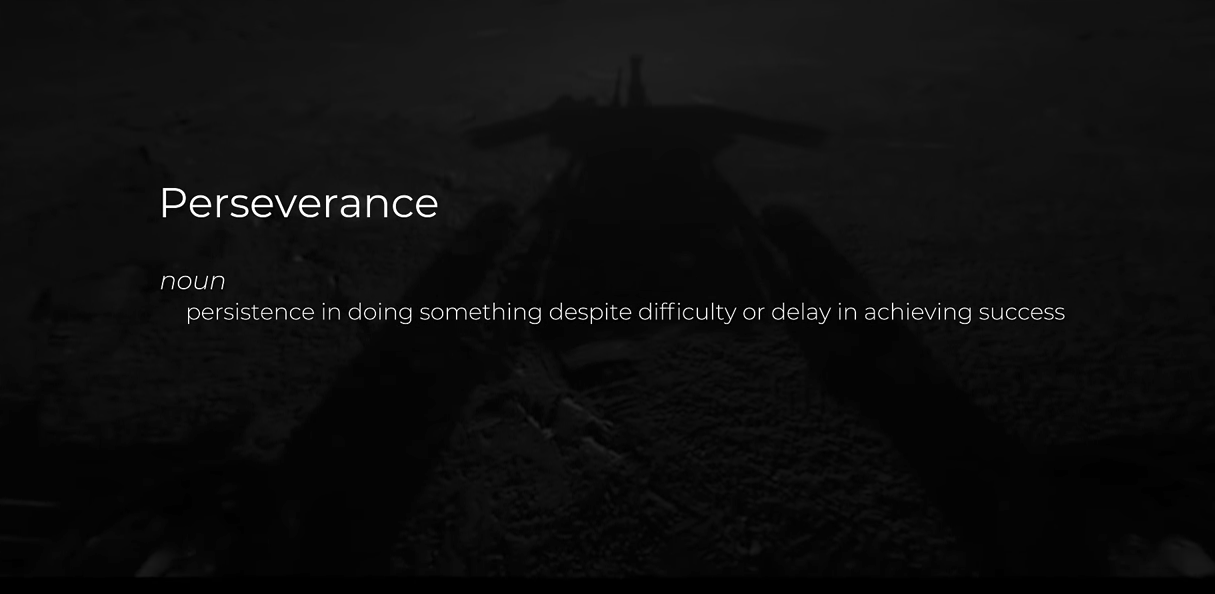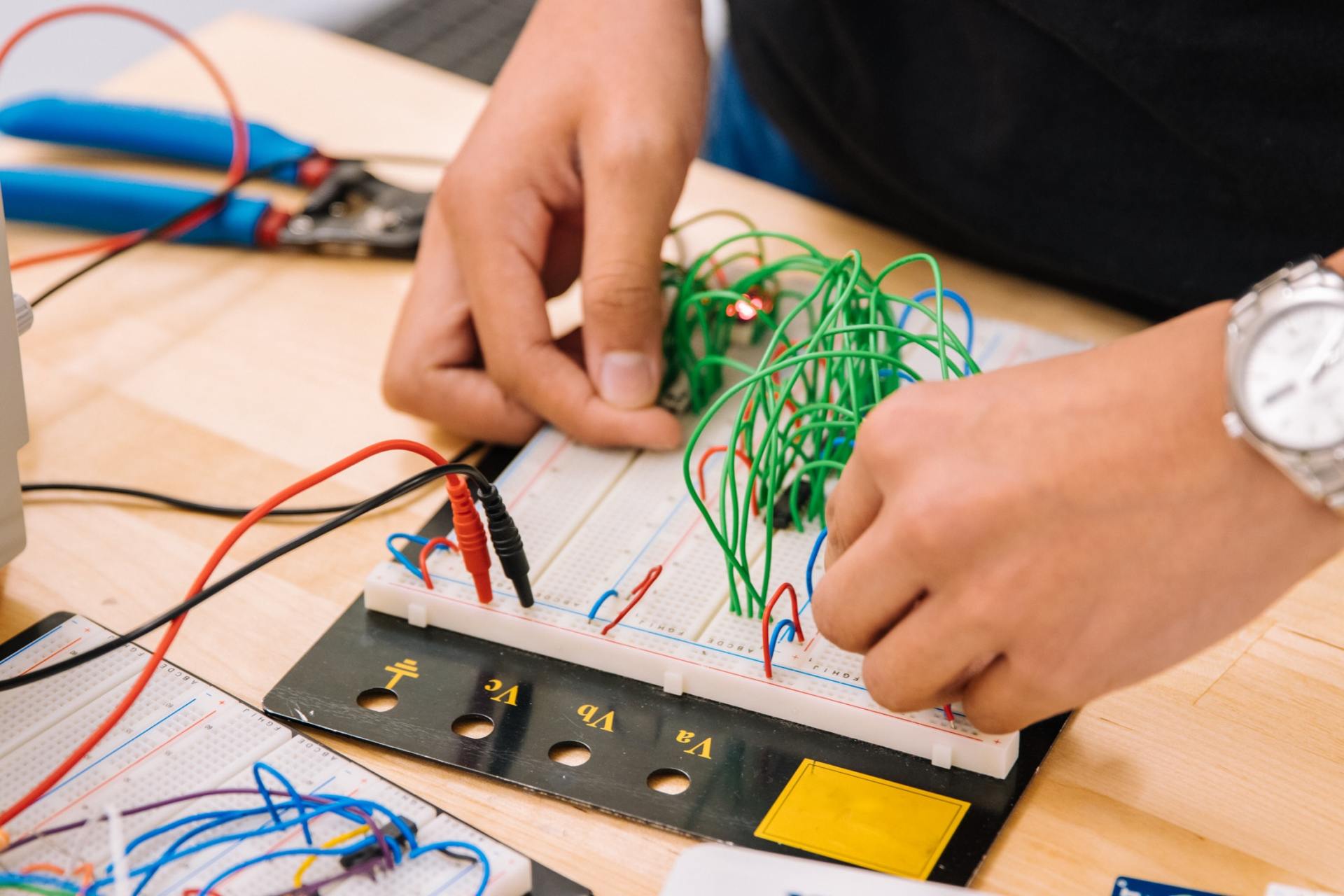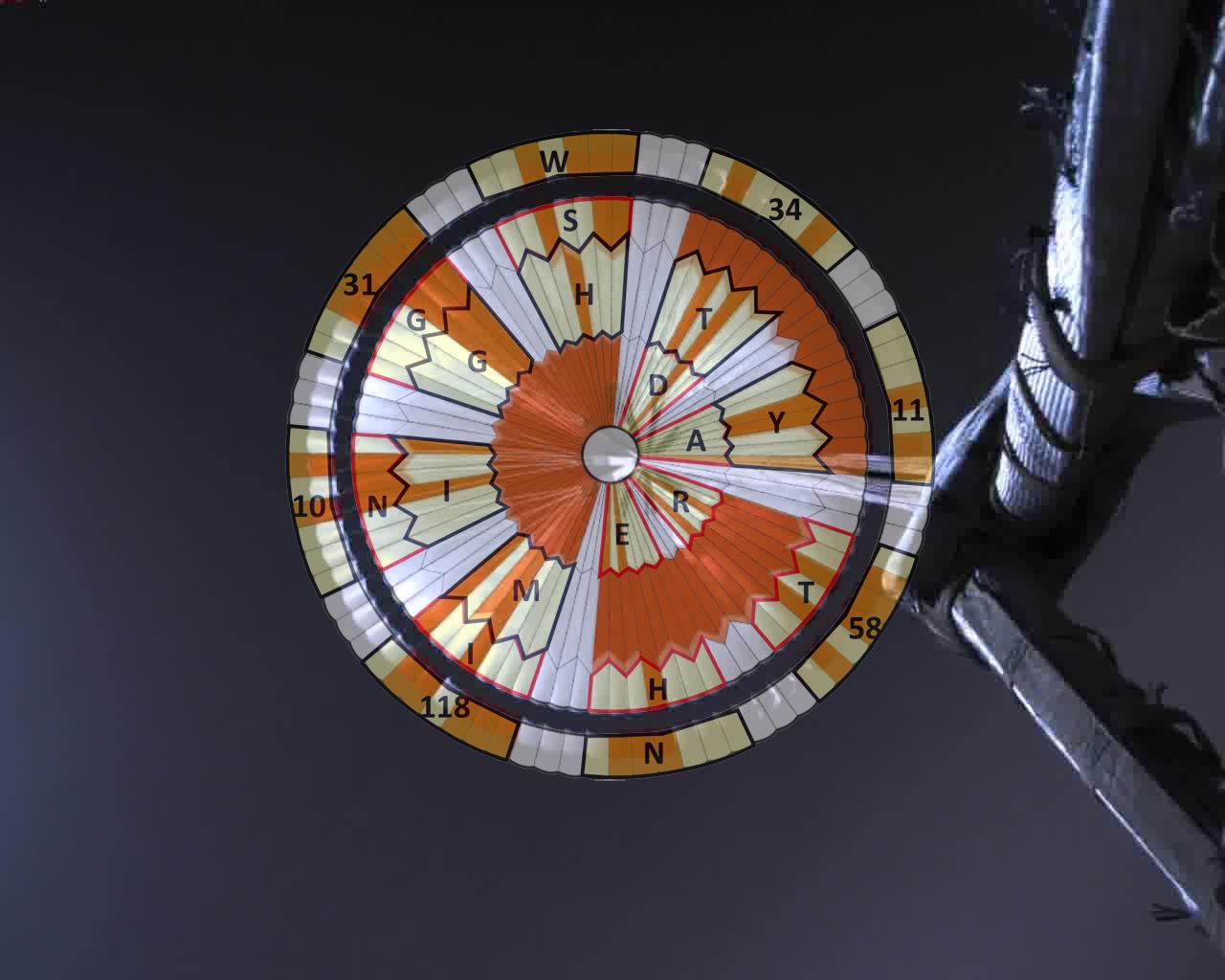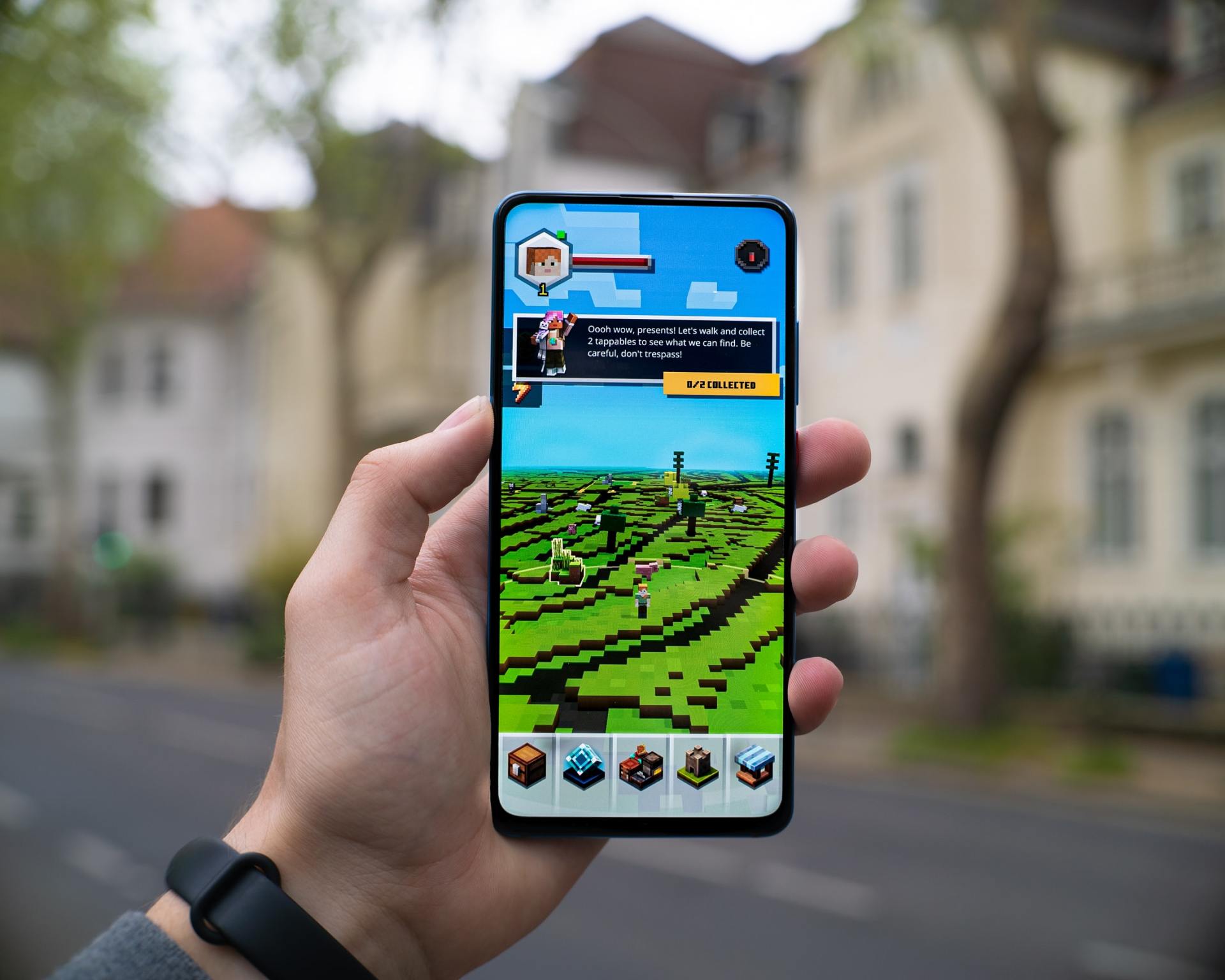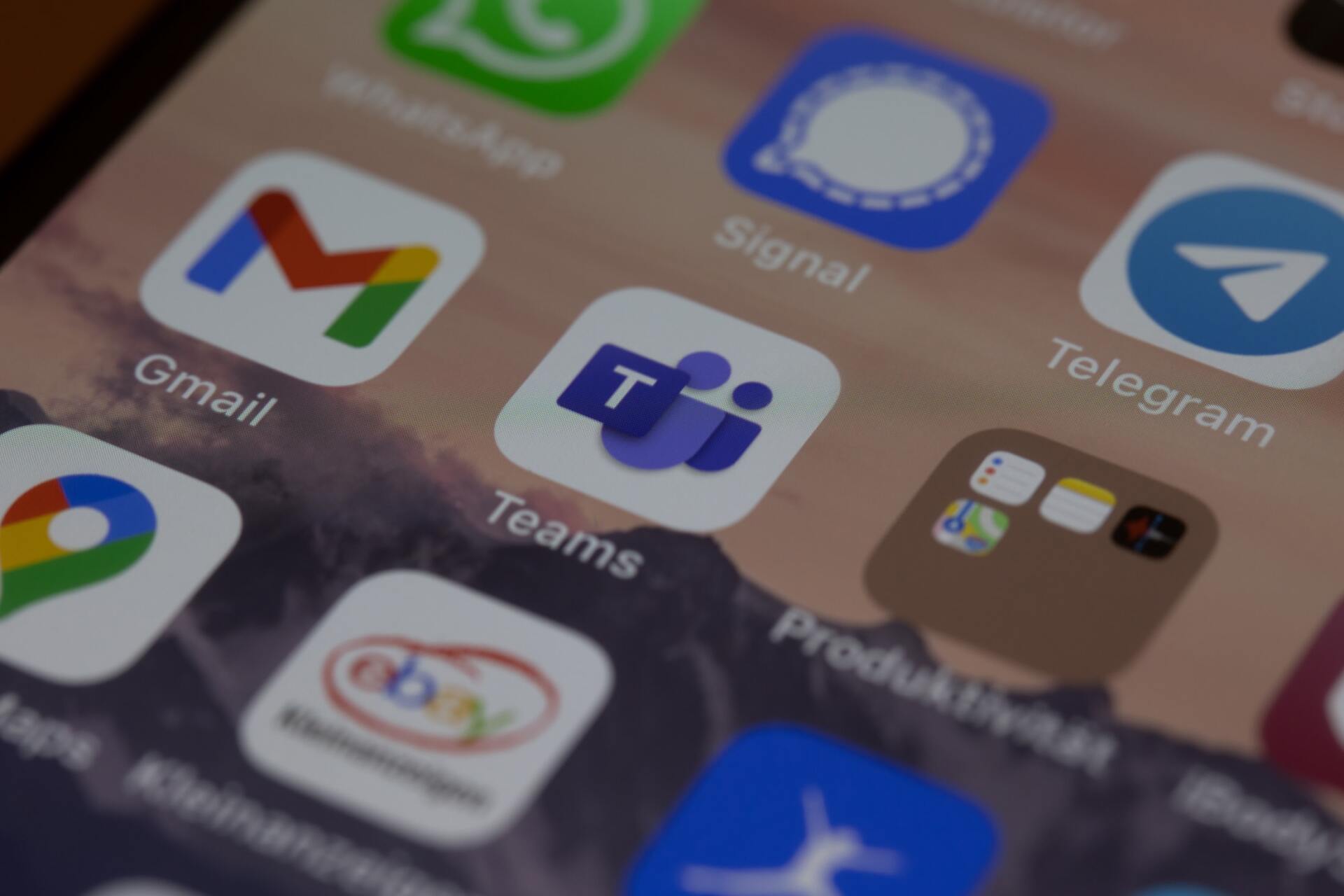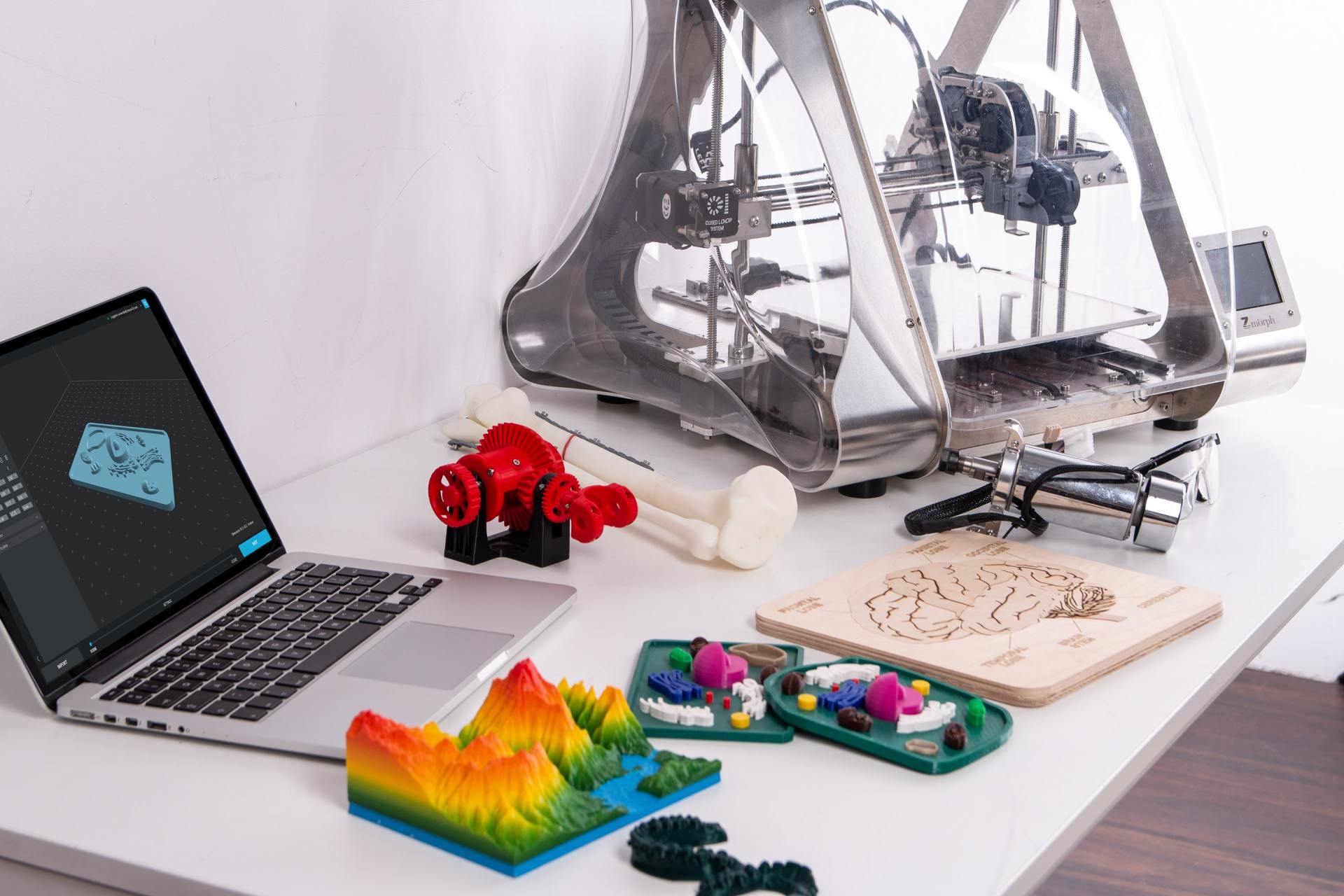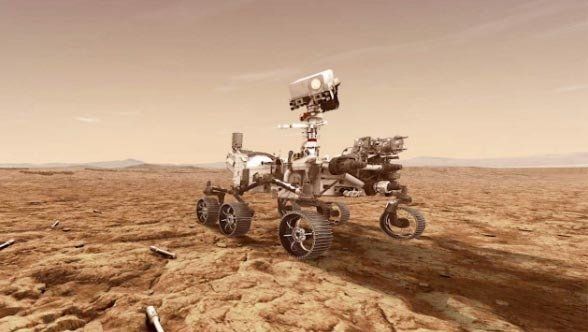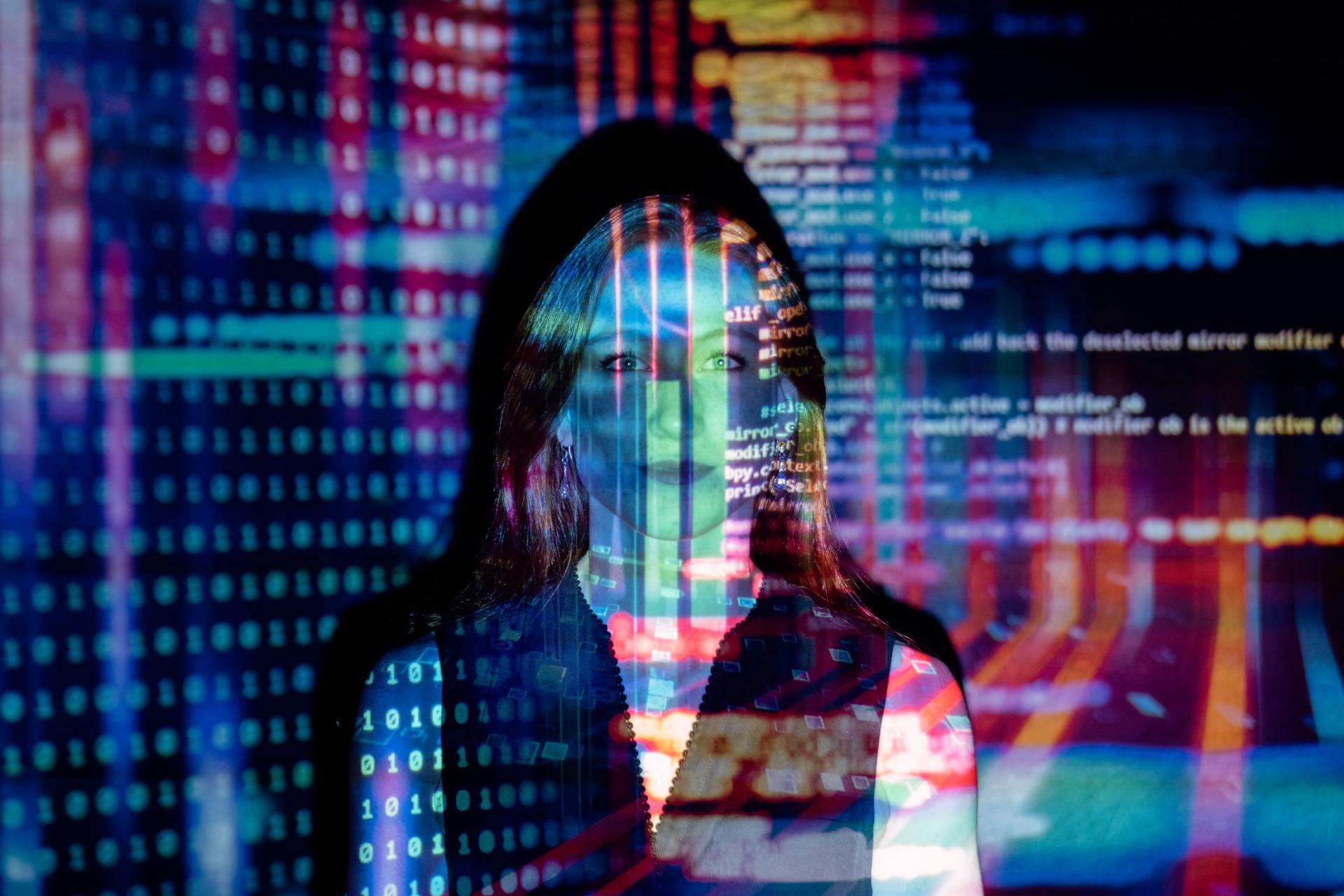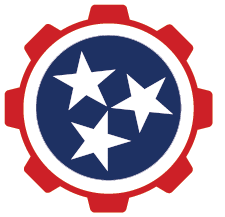The Internet of Things (IoT) and Smart Classrooms
The Internet of Things (IoT) and Smart Classrooms
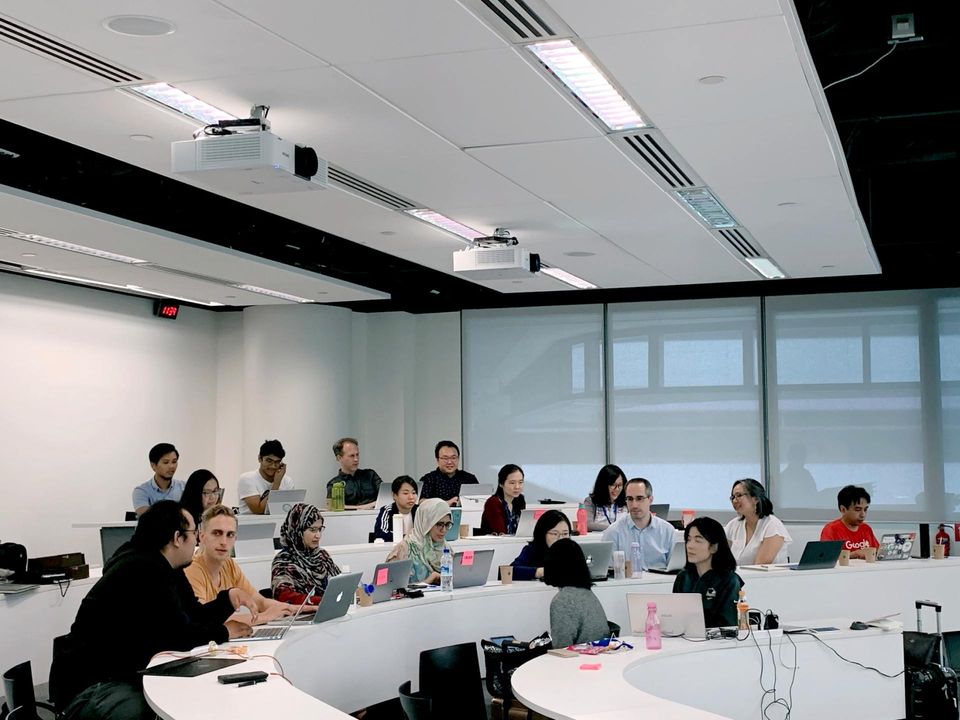
The Internet of Things and Smart Classrooms
There’s not much in the world that’s not connected to the internet or impacted in some way by the Internet of Things (IoT). In fact, by the close of 2020, there was an estimated 20.4 billion devices that were connected to the world wide web (Kassab et al., 2020). The impact of IoT on the education space has yet to be fully realized but one thing is certain. Many students are already living in a connected world outside of the classroom and campuses can use that to their advantage to positively impact the future of education and keep pace with a fast-moving technology.
If you look at the core concept behind the connected “thing”, it really comes down to inputs and outputs. Ganea et al. (2020) write that the IoT should be viewed as an ecosystem with multiple layers of interconnectivity and communication. When you think of the “thing” that is connected to the internet, what comes to mind? In a smart home, this may include alarm sensors, appliances, lighting systems, and thermostats. In healthcare, a Fitbit fitness tracker or Apple Health monitor may come to mind. These devices provide their users with convenience and “smart” monitoring. One only has to browse through the connected home at Best Buy to explore a plethora of modern connectivity. What about the smart classroom?
What does the IoT mean for education? A major benefit of IoT on education comes down to the environment with smart classrooms and campuses being built all across America to optimize classroom occupancy and environmental conditions such as heating, lighting, and energy consumption (Ganea et al., 2020). Internet and Wi-Fi technology in the classroom are becoming smarter too. With 5G technology, bandwidth will be optimized to meet increased usage demand in high traffic areas for educators to better connect with mobile learners in real time. The benefits of IoT on the smart classroom will play a major role in increasing energy efficiency and decreasing environmental impact in the coming decade.
Industry 4.0 is defined as the fourth evolution of the industrial revolution and with it comes the advantages of smart manufacturing (Ateş et al., 2020). With increased connectively, comes increased threat potential looking to exploit smart devices at the source of manufacturing. However, as Ganea et al. pointed out, seeing IoT as an interconnected ecosystem provides increased opportunities for threat detection. Ateş et al. (2020) write that the IoT is “one of the greatest developments in the modern age, because an object that also has a digital identity is in contact with its environment as well as its user” (p. 38).
What this basically comes down to is that when a threat is happening or has already happened, IoT increases detection capabilities to stop it or track it to its source minimizing damage. Some may counter that increased monitoring capabilities also means increased surveillance on its people. This is a real threat to a free and democratic society and should be balanced carefully with the potential gains of convenience, efficiency, and security (Ateş et al., 2020). Hopefully, the very thing that makes us so vulnerable to attack actually makes us stronger and smarter in the end.
References
Ateş, E. C., Bostanci, E., & Guzel, M. S. (2020). Security evaluation of industry 4.0: Understanding industry 4.0 on the basis of crime, big data, internet of thing (IoT) and cyber physical systems. Journal of Security Science, 9(1), 29–50. https://doi-org.ezproxy.liberty.edu/10.28956/gbd.695889
Ganea, D., Craciun, M., Arama, C., & Vlad, C. (2020). Advances in education through IoT. Annals of the University Dunarea de Jos of Galati: Fascicle II, Mathematics, Physics, Theoretical Mechanics, 43(2), 102–107. https://doi-org.ezproxy.liberty.edu/10.35219/ann-ugal-math-phys-mec.2020.2.04
Kassab, M., DeFranco, J., & Laplante, P. (2020). A systematic literature review on Internet of things in education: Benefits and challenges. Journal of Computer Assisted Learning, 36(2), 115–127. https://doi-org.ezproxy.liberty.edu/10.1111/jcal.12383
TRC Vectors
